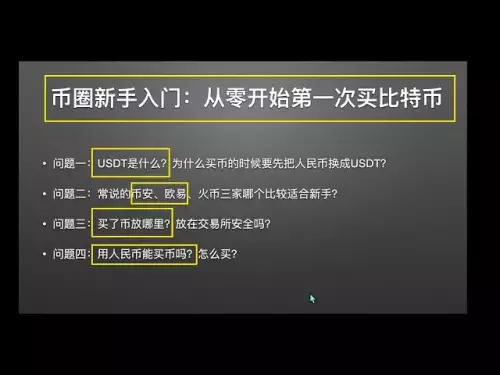Coinbase's Base is exploring a native token to boost decentralization and incentivize participation. This move reflects a broader trend in layer-2 networks.

Base's Native Token Exploration: Decentralization and the Token Launch Landscape
The buzz around native tokens, decentralization, and token launches is heating up, especially with Coinbase's Base network throwing its hat into the ring. After years of resistance, Base is now exploring the possibility of launching its own native token. What's the deal, and why now?
A Change of Heart at Base
Jesse Pollak, the head of the Base ecosystem, dropped the news at BaseCamp, revealing that a token is being considered to further decentralize operations and get more creators and developers involved. Coinbase CEO Brian Armstrong chimed in, noting it could be a great tool for accelerating decentralization and expanding creator growth. However, both were quick to add that no definitive plans are in place—it’s more of a philosophical shift.
Why the Sudden Interest?
Several factors are likely at play. First, the success of other layer-2 networks like Arbitrum, Optimism, and Polygon, which have used native tokens to incentivize usage and reward early adopters, can not be ignored. These tokens enable decentralized governance, which is a big plus for community-driven projects.
Base has amassed $5 billion in total value locked(TVL), which makes it a competitive network. It would also fit into Base’s wider vision of being a decentralized layer built on Ethereum, since any token would be native to that chain.
The Decentralization Imperative
Pollak has positioned this exploration within three core principles: achieving complete decentralization, aligning builders and creators as economic participants, and pushing crypto boundaries. Base currently operates as a stage one rollup, needing further decentralization to reach stage two. A token could be the mechanism to accelerate this transition while incentivizing ecosystem participation.
What's Next for Base?
Base is committed to building on Ethereum and working with regulators. They’re planning to involve the community in the development process. However, there are still a lot of open questions. The biggest one is what the token would actually do. Without a clear purpose, it risks becoming a distraction.
Community and Regulatory Considerations
The community response has been largely positive, with many excited about the prospect of more ownership and participation. The Base team will need to work through the details, from design to governance to legal structure, while keeping the community involved and regulators informed.
Final Thoughts
The exploration of a native token by Base marks a significant moment in the evolution of layer-2 networks. By prioritizing decentralization, community involvement, and regulatory compliance, Base is setting a new standard for token launches. Whether it will launch or not, only time will tell.























































































